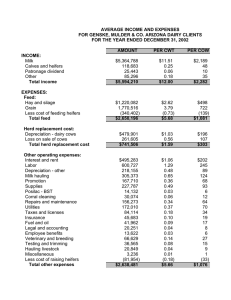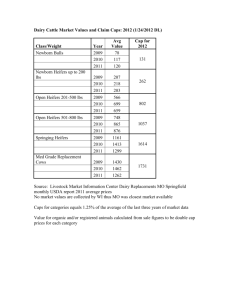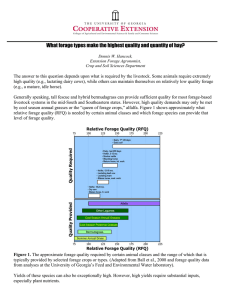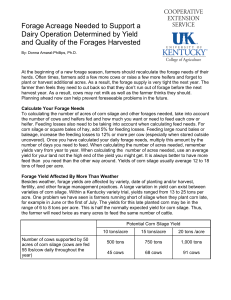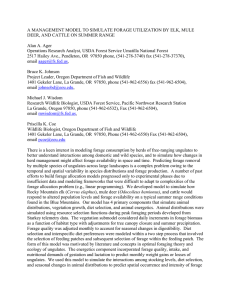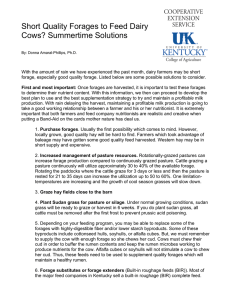Now is the Time for Spring Planning
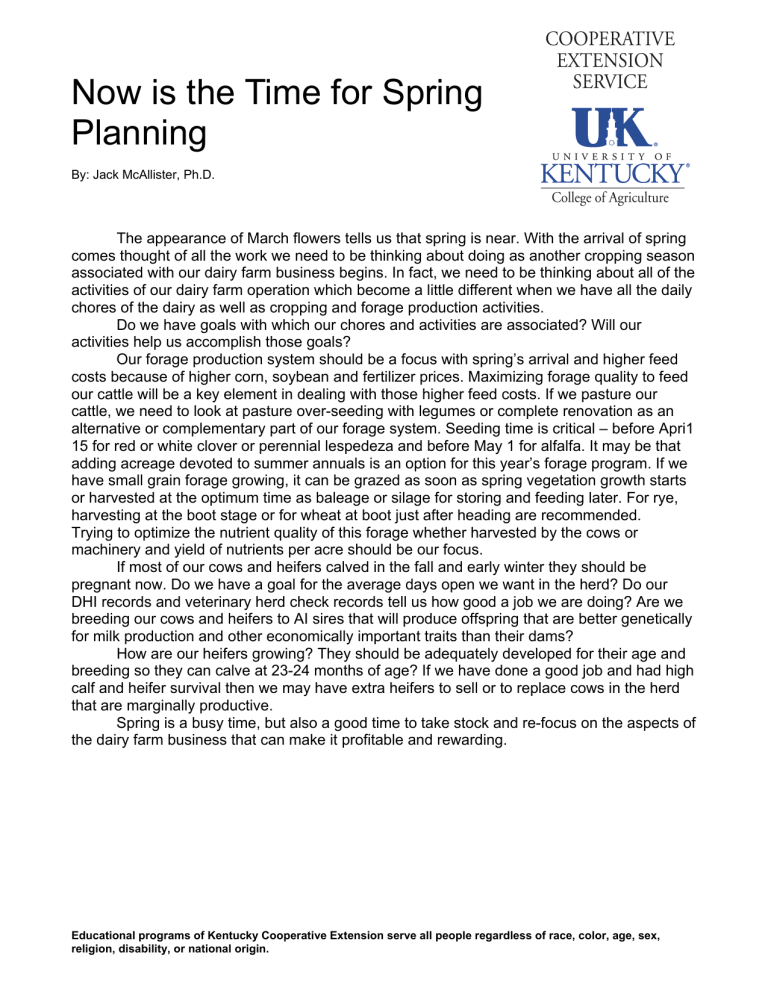
Now is the Time for Spring
Planning
By: Jack McAllister, Ph.D.
The appearance of March flowers tells us that spring is near. With the arrival of spring comes thought of all the work we need to be thinking about doing as another cropping season associated with our dairy farm business begins. In fact, we need to be thinking about all of the activities of our dairy farm operation which become a little different when we have all the daily chores of the dairy as well as cropping and forage production activities.
Do we have goals with which our chores and activities are associated? Will our activities help us accomplish those goals?
Our forage production system should be a focus with spring’s arrival and higher feed costs because of higher corn, soybean and fertilizer prices. Maximizing forage quality to feed our cattle will be a key element in dealing with those higher feed costs. If we pasture our cattle, we need to look at pasture over-seeding with legumes or complete renovation as an alternative or complementary part of our forage system. Seeding time is critical – before Apri1
15 for red or white clover or perennial lespedeza and before May 1 for alfalfa. It may be that adding acreage devoted to summer annuals is an option for this year’s forage program. If we have small grain forage growing, it can be grazed as soon as spring vegetation growth starts or harvested at the optimum time as baleage or silage for storing and feeding later. For rye, harvesting at the boot stage or for wheat at boot just after heading are recommended.
Trying to optimize the nutrient quality of this forage whether harvested by the cows or machinery and yield of nutrients per acre should be our focus.
If most of our cows and heifers calved in the fall and early winter they should be pregnant now. Do we have a goal for the average days open we want in the herd? Do our
DHI records and veterinary herd check records tell us how good a job we are doing? Are we breeding our cows and heifers to AI sires that will produce offspring that are better genetically for milk production and other economically important traits than their dams?
How are our heifers growing? They should be adequately developed for their age and breeding so they can calve at 23-24 months of age? If we have done a good job and had high calf and heifer survival then we may have extra heifers to sell or to replace cows in the herd that are marginally productive.
Spring is a busy time, but also a good time to take stock and re-focus on the aspects of the dairy farm business that can make it profitable and rewarding.
Educational programs of Kentucky Cooperative Extension serve all people regardless of race, color, age, sex, religion, disability, or national origin.



